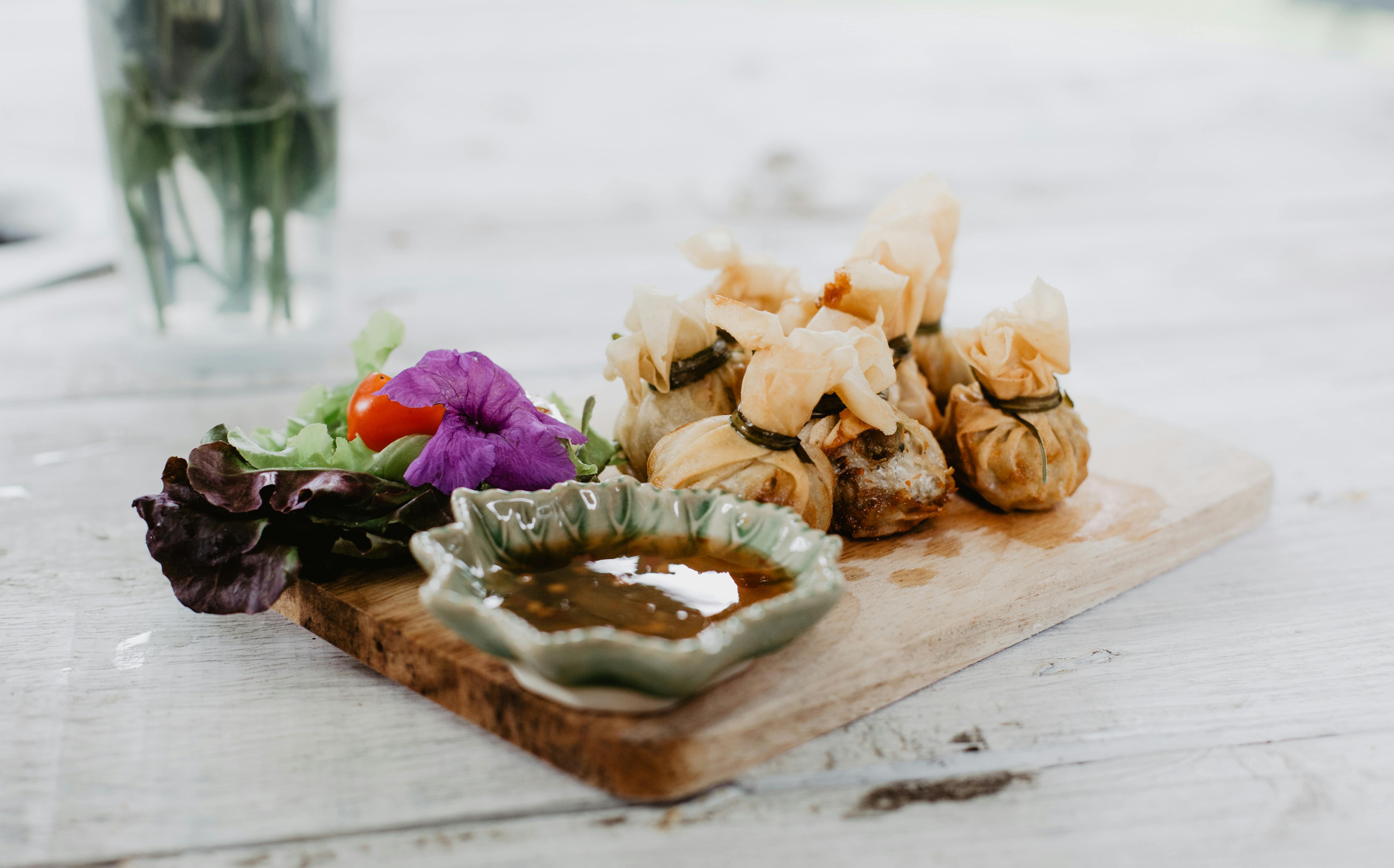
The Essential First Aid Guide for External Bleeds
Bleeding can occur in all types of injuries. Whether it’s playing some kind of sport, cooking in the kitchen, a child playing, or one of many other settings, accidents happen all the time. When one happens, we want to be prepared, we want to make sure we know everything there is to know about caring for the patient and treating the injury in the right way. There are all kinds of external bleeding, for example a nosebleed, a cut with a kitchen knife, a cut or scratch on the head as a result of a sports injury, or a more serious form.
There are three types of external bleeding: arterial, venous, capillary. Below is a guide to help you identify them.
Arterial – This is a rapid, bright red discharge that can break out, caused by a very deep cut, laceration, or puncture in the artery.
Venous: it is a fast dark blood flow. The cause is a deep incision, avulsion, or puncture of a vein.
Capillary: it is a slow blood flow that oozes. The cause is a minor skin injury, such as an abrasion or laceration.
How to treat an external bleeding can be vital to the survival of patience if the injury is very severe. Below is a step-by-step guide on what to look for and how to treat external bleeding.
In the case of severe bleeding, the correct procedure to follow is
1. Apply pressure to the bleeding preferably on a pad and squeeze the wound edges together. The pressure should be firm and may cause slight discomfort to the patient. This will help stop the flow and help the blood to clot.
2. Raise and support the injured limb, again this will help decrease blood flow.
3. Lay the injured person down as this will help reduce blood flow to the site and will also help minimize shock.
4. Place a sterile dressing over the pad and bandage it securely, too tight, but may cause a problem with normal circulation.
5. If bleeding continues, apply another bandage to the existing one.
6. Treat the injured person for shock.
7. In the event of severe bleeding, take the injured person to a hospital.
Remember
– Never try to remove an object that has become embedded
– Never remove blood-soaked bandages from a wound. Doing this can cause the bleeding to start again.
– Never give aspirin to someone with severe bleeding, as this can cause increased bleeding.
– Never apply a tourniquet. This can make bleeding worse and even cause tissue damage.
No home, car, school, workplace, sports club, gym, or anywhere else should be without a gym bag containing first aid kit equipment, as this is vital to help keep not only your patient, but also yourself. All basic first aid kits must contain at least
or sterile swabs
o Plasters
o Nitrile or latex gloves
or instant cold pack
o Crepe bandage
o Sterile dressing
o Triangular bandage
o Aluminum thermal blanket
o Wound cleansing wipes.
So be prepared and make sure you are covered for any eventuality.